Finding the right horse boarding stable can be a overwhelming task, especially when thinking about the plethora of factors to consider such as the type of care the horse will receive, the facilities and amenities available, accessibility, and cost.
The significance of your decision can’t be overstated – you’re entrusting your equine companion’s well-being to a facility, and thus it is crucial to ensure you’re making the most informed decision.
This post seeks to simplify this process by outlining important factors you should consider when choosing a boarding stable.
Here is a table summarizing the important points crucial for anyone looking to choose the right stable for their horse:
| Aspect | Description |
|---|---|
| Understanding Your Horse’s Needs | Consider the age, breed, health condition, and lifestyle of your horse to identify stables that can cater to their specific needs. |
| Evaluating The Type Of Care | Evaluate the feeding program, exercise routines, and medical care provided by the stable to ensure they align with your horse’s needs. |
| Analyzing The Stable’s Facilities | Check the size and condition of the stall, availability of a paddock, and the condition of the riding arena if provided. |
| Considering The Amenities | Look for amenities such as wash stalls, on-site vet clinic or farrier services, and storage spaces for tack and equipment. |
| Accessibility Of The Stable | Consider the distance from your home or work, visiting hours, and year-round accessibility during different weather conditions. |
| Understanding The Cost Structure | Get a clear breakdown of all costs involved, including additional services that may incur extra charges. |
| Evaluating The Stable Management | Assess the expertise and experience of the staff, staff-to-horse ratio, and cleanliness and maintenance of the stable. |
| Checking For License And Insurance | Ensure the stable is fully licensed and has adequate liability insurance for protection in case of accidents or incidents. |
| Understanding The Stable’s Emergency Procedures | Inquire about protocols for medical emergencies and disaster plans for evacuations in case of natural disasters. |
| Assessing The Staff-To-Horse Ratio | A lower ratio often means more personalized care for each horse, while a high ratio may lead to potential oversight or negligence. |
| Evaluating The Community And Culture | Evaluate the stable’s rules, regulations, and the sense of community among boarders to determine if it’s a good fit for you and your horse. |
| Knowing Your Rights As A Horse Owner | Understand your rights to access your horse, expect agreed-upon services, be informed about changes in your horse’s health, and remove your horse if needed. |
| Identifying Red Flags | Pay attention to poor sanitation, pasture maintenance, organization, and the overall health of horses at the stable as potential red flags. |
| Negotiating A Fair Boarding Agreement | Ensure the agreement includes all services, costs, policies, and notice periods required for moving your horse to another stable. |
| Making The Transition Smooth For Your Horse | Gradually acclimate your horse to the new stable, keep routines consistent, and monitor their adjustment and well-being during the transition. |
| Reviewing Your Decision Periodically | Regularly visit your horse to assess their health and happiness and stay in communication with the stable management about your horse’s care. |
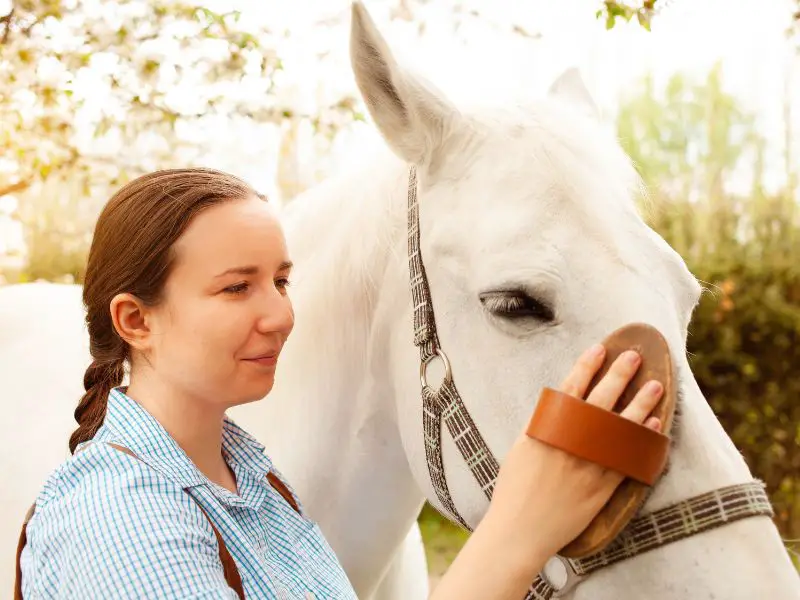
Understanding Your Horse’s Needs
Every horse is a unique individual, just as humans are. This means each horse has its own set of needs and requirements that need to be met to ensure optimal health and happiness. When considering a horse boarding stable, understanding your horse’s specific needs is paramount.
These needs can vary based on multiple factors.
- For instance, the age of the horse can significantly influence its care needs.
- Younger horses may require different feeding schedules and more room for exercise than older horses.
- The breed of the horse is another important consideration, as certain breeds may have specific dietary or grooming requirements.
- The horse’s health condition is also a critical aspect to understand.
- Horses with medical conditions or those recovering from illness or injury may need special care, such as a specific diet, additional rest, or regular veterinary check-ups.
Understanding these needs can help you identify stables that are capable of catering to them.
Finally, the horse’s lifestyle plays a role. A horse that is frequently engaged in competitions or shows might need a facility with training amenities and easy access to event locations. Conversely, a retired horse may need more relaxed settings, with ample opportunities for leisurely grazing and rest.
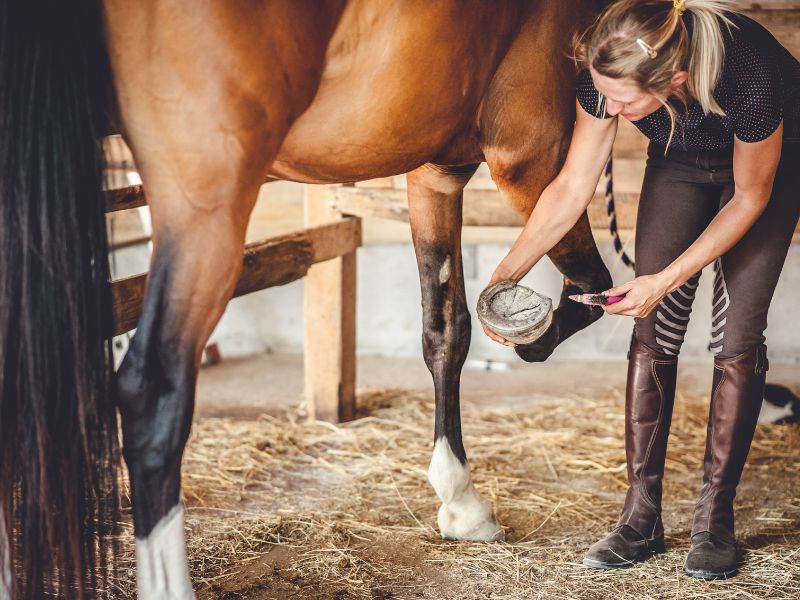
Evaluating the Type of Care at the Stable
Once you have a clear understanding of your horse’s needs, the next step is to evaluate the type of care offered at the stable. The primary aim is to ensure that the care provided aligns with your horse’s needs.
Feeding programs are a fundamental part of this evaluation. The feeding regimen should accommodate the dietary requirements of your horse, considering aspects such as the type of feed, the quantity, and the feeding schedule.
Beyond feeding, the exercise and turnout routines are also important. Horses require regular exercise to maintain their health and happiness. Some stables offer structured exercise programs, which can include everything from daily turnout in a paddock to scheduled riding sessions.
Medical care is another essential component of the care provided by a stable. Does the stable have an arrangement with a local veterinarian? How frequently do they schedule routine check-ups? How equipped are they to handle emergencies? Answering these questions can help you evaluate the medical care at the stable.
Learn about the types of horse boarding available.
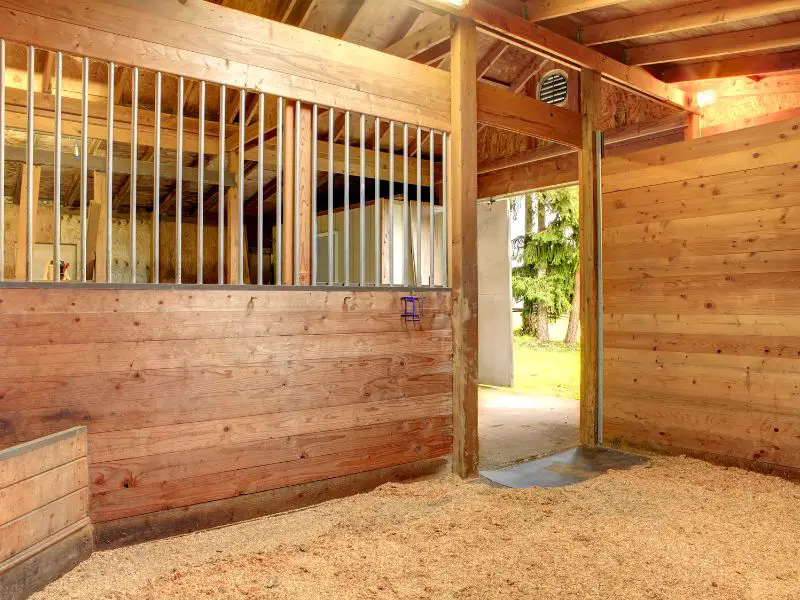
Analyzing the Stable’s Facilities
The physical facilities provided by the stable can greatly impact your horse’s well-being and are thus a critical factor in your decision.
One of the first aspects to consider is the stable size. The stall where your horse will stay should be large enough to ensure comfort and facilitate good health. It should be clean, well-ventilated, and secure.
The availability of a paddock for turnout is another important aspect. Horses thrive on having time to roam freely, graze, and interact with other horses. Therefore, having access to a paddock is beneficial.
The condition of the riding arena (if provided) is also something you need to consider. If you plan on riding or training your horse regularly, an excellent riding arena is a must. It should be well-maintained, have good footing, and be of a suitable size for your intended use.
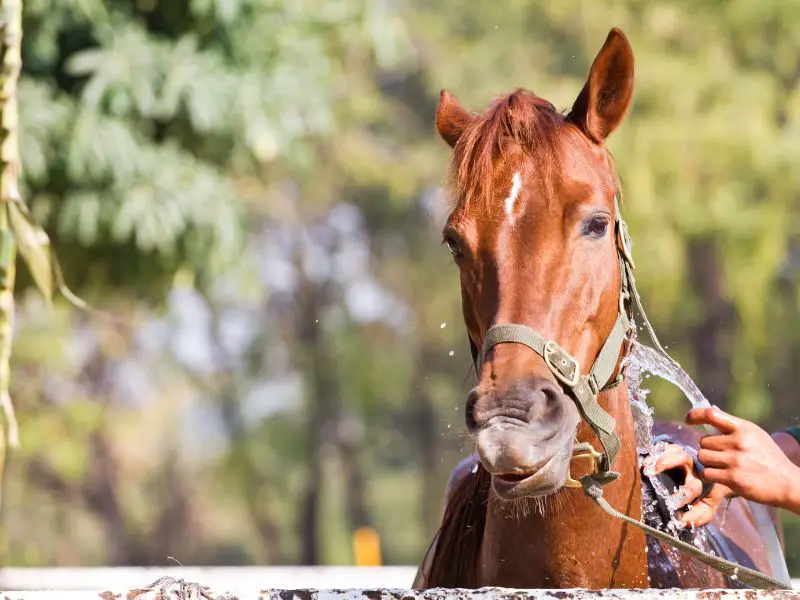
Considering the Amenities
The amenities provided by the horse boarding stable can enhance your experience as well as contribute to your horse’s well-being.
Wash stalls are a useful amenity, making it easier for you to keep your horse clean. Stables that have dedicated wash areas demonstrate a commitment to horse hygiene and care.
The presence of an on-site vet clinic or farrier is a significant plus. It means quicker response times during medical emergencies and more convenient scheduling for routine check-ups and hoof care.
Storage spaces for tack and equipment are another amenity to consider. Having a secure place to store your saddles, bridles, blankets, and other gear is convenient and reduces the risk of loss or damage.
Taking time to evaluate these areas ensures that the stable you choose is not just a place for your horse to stay, but a place where they can thrive. A stable that understands and caters to your horse’s unique needs, offers comprehensive care, has top-notch facilities, and provides useful amenities is a stable where both you and your horse can feel at home.

Accessibility of the Stable
The location of the horse boarding stable and its accessibility can play a significant role in your choice of stable. You’ll want a stable that allows you to visit your horse as often as you’d like, and without too much inconvenience.
Consider the distance from your home or work to the stable. Is it a short drive away, or will it require a more significant commute? Your ability to visit your horse regularly can be greatly influenced by the travel time involved. A stable closer to home may allow for more frequent visits and give you peace of mind.
Another aspect to consider is the hours of operation. Some stables have set visiting hours, while others may be more flexible. Look for a stable with visiting hours that align with your schedule to ensure you can spend quality time with your horse.
Lastly, consider the accessibility of the stable during different weather conditions. A stable might be easy to reach in the summer but become inaccessible during winter months due to snow or flooding. It’s important to consider year-round accessibility when choosing a stable.
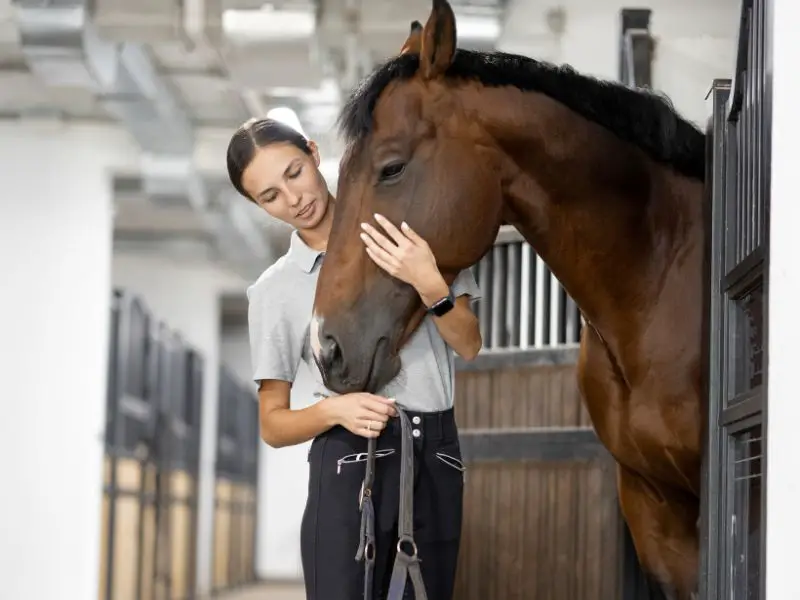
Understanding the Cost Structure
Different stables come with different cost structures, and it’s important to understand what you’re paying for. Not all stables include the same services in their boarding fees, and extra services can add up quickly.
The basic boarding fee typically covers your horse’s stall, feeding, and daily turnout. However, additional services like grooming, exercise, training, and special care for medical conditions may be extra. Some stables may also charge additional fees for things like bedding, farrier services, or vet care.
It’s essential to get a clear breakdown of all costs involved before you commit to a stable. This way, you can make an informed decision and avoid any unexpected expenses.
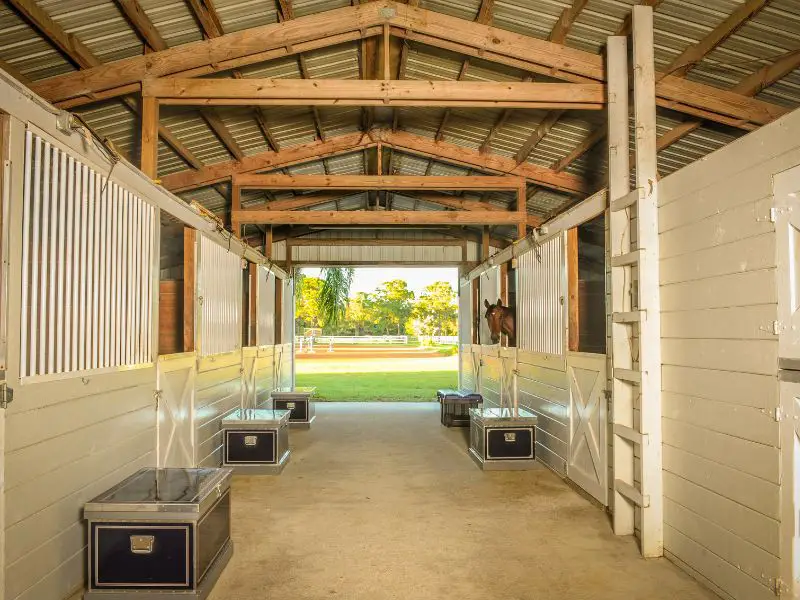
Evaluating the Stable Management
The management of the stable can have a direct impact on the care your horse receives. Therefore, it’s essential to assess the quality of the management team before choosing a stable.
One of the first things to look for is the staff’s expertise and experience. They should be knowledgeable about horses and capable of providing appropriate care. Their level of professionalism can also give you a sense of how they’ll interact with you and your horse.
Also, consider the staff-to-horse ratio. If the stable is understaffed, it may be challenging for them to provide adequate attention to each horse.
Finally, observe the general cleanliness and maintenance of the stable. A well-managed stable will be clean, organized, and in good repair, all of which are signs of a team that takes pride in their work and cares for their horses.
Checking for License and Insurance
Ensuring that the stable is fully licensed and insured is a crucial step in choosing the right horse boarding stable. This step provides an extra layer of protection for your horse and gives you peace of mind.
A licensed stable indicates that it meets the local or state requirements to operate. These regulations often cover aspects like the safety of the facilities, animal welfare standards, and waste disposal practices.
Having insurance is also critical. It protects the stable—and you—in case of accidents or incidents that could occur on the premises. Make sure the stable has adequate liability insurance, which should cover any injuries or damages to a horse or person while at the stable.
By carefully considering these factors, you can choose a horse boarding stable that is not only suitable for your horse’s needs but also aligns with your expectations, budget, and peace of mind. The perfect stable is one that feels like a second home for your horse, and a place where you feel confident and comfortable with the care your horse receives.
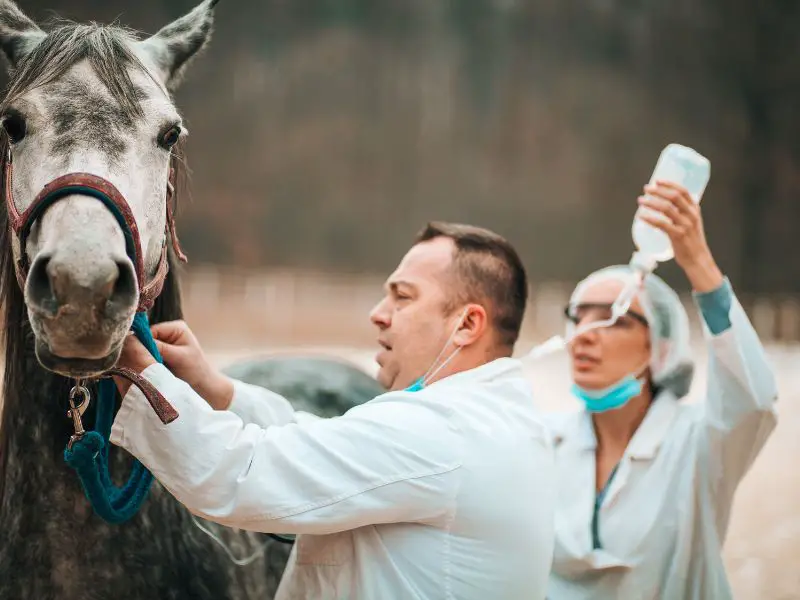
Understanding the Stable’s Emergency Procedures
Emergencies can occur at any time and having a well-established emergency procedure in place can be the difference between life and death. It’s essential to understand a stable’s emergency procedures before making your decision.
Inquire about the stable’s protocols in case of medical emergencies.
Does the stable have a relationship with a local veterinarian who can respond quickly in an emergency?
Are staff members trained to recognize signs of illness or injury, and do they know what to do until the vet arrives?
Additionally, ask about their disaster plan. Natural disasters such as fires, floods, or severe storms can necessitate the evacuation of horses.
A good stable will have a plan for such situations, including safe transportation for the horses and a safe location to take them.
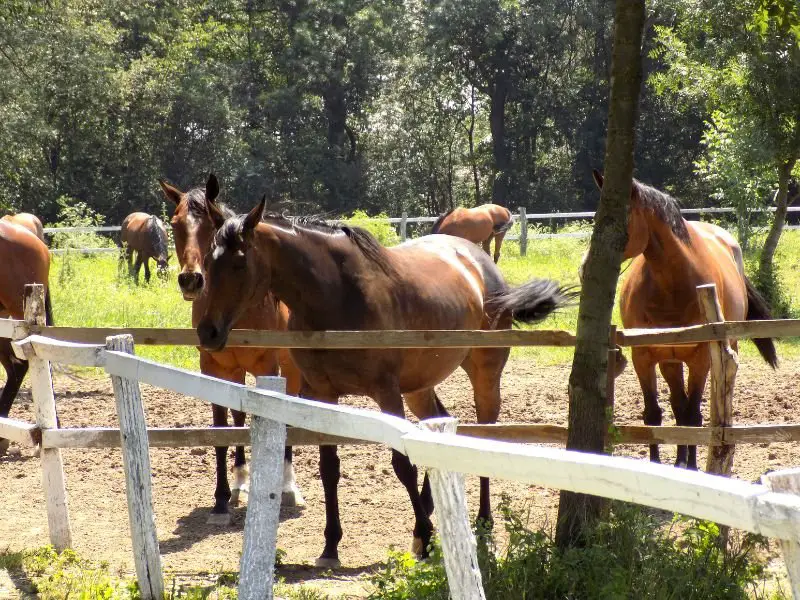
Assessing the Staff-to-Horse Ratio
The staff-to-horse ratio at a boarding stable can greatly influence the level of care and attention your horse receives. A lower ratio often means more personalized care for each horse.
A high ratio may mean that staff are stretched thin, potentially leading to oversight or negligence. It could also mean less time for individual care and interaction, such as grooming or training.
Understanding the ratio helps you gauge whether your horse will receive the care and attention they need. This can greatly influence the horse’s health and happiness while boarded at the stable.

Evaluating the Community and Culture
The community and culture at a horse boarding stable can significantly influence both your experience and your horse’s. Evaluating the stable’s culture can help you determine if it’s a good fit for both of you.
Ask about the rules and regulations of the stable. A stable with well-established rules likely has a more orderly and respectful environment. Additionally, these rules can give you an insight into what the stable values.
Try to get a sense of the community. Talk to other boarders to understand their experiences. Do they feel part of a community? Are there conflicts? Are there organized activities or events?

Knowing Your Rights as a Horse Owner
Understanding your rights as a horse owner is crucial when considering a horse boarding stable. Your rights can help protect your horse and your interests.
Firstly, you have the right to access your horse at any reasonable time. The stable cannot prevent you from visiting or taking out your horse during established visiting hours.
Secondly, you have the right to expect that the stable will provide the services agreed upon in your contract. This includes the appropriate care, feeding, and housing of your horse.
Thirdly, you have the right to be informed about any significant changes in your horse’s health or behavior. The stable should notify you immediately if your horse becomes ill or is injured.
Lastly, you have the right to remove your horse from the stable if you believe they are not receiving appropriate care. However, you must usually provide notice as per your agreement with the stable.
Knowledge of these rights can empower you as a horse owner and help ensure that your horse receives the care and respect they deserve.
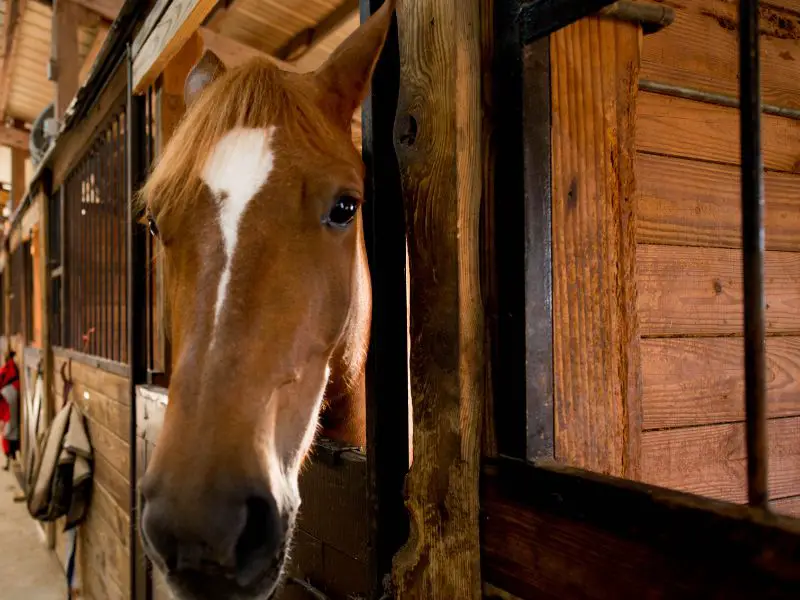
Identifying Red Flags
It’s important not to ignore any potential red flags when visiting a potential horse boarding stable. These warning signs could indicate underlying issues that might affect your horse’s care and welfare.
One red flag could be poor sanitation. A stable that is not properly cleaned can lead to health problems for the horses, including respiratory issues or the spread of disease. This includes not only the stable areas but also the feed and tack rooms.
Another red flag might be poor pasture maintenance. Overgrazed or poorly managed pastures can be detrimental to a horse’s health. Look for evidence of good pasture rotation, sufficient grass cover, and no signs of harmful plants.
Witnessing a lack of organization can also be concerning. Disorganization could suggest a lack of proper management, which might trickle down to other areas of horse care.
Lastly, pay attention to the horses already at the stable. Do they appear healthy and well-cared for? If not, this could be a sign of insufficient care.
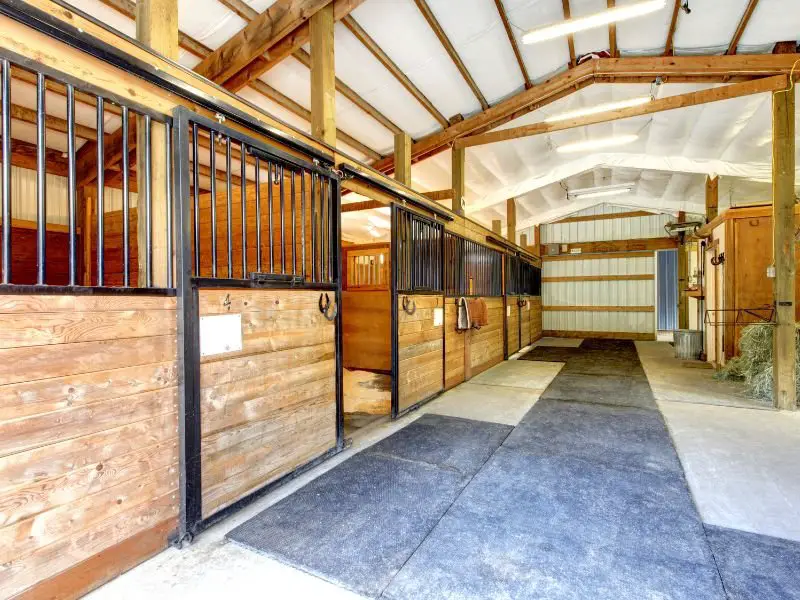
Negotiating a Fair Boarding Agreement
Once you’ve selected a stable, the next step is negotiating a fair boarding agreement. This agreement outlines the services provided by the stable, the responsibilities of the horse owner, and the associated costs.
Ensure the agreement clearly states what is included in the boarding fee and what services might incur additional charges. It should also detail the stable’s policies regarding vet care, emergencies, and farrier visits.
Also, confirm the agreement outlines the notice period required if you decide to move your horse to another stable. A fair agreement should protect the rights and interests of both the horse owner and the stable.
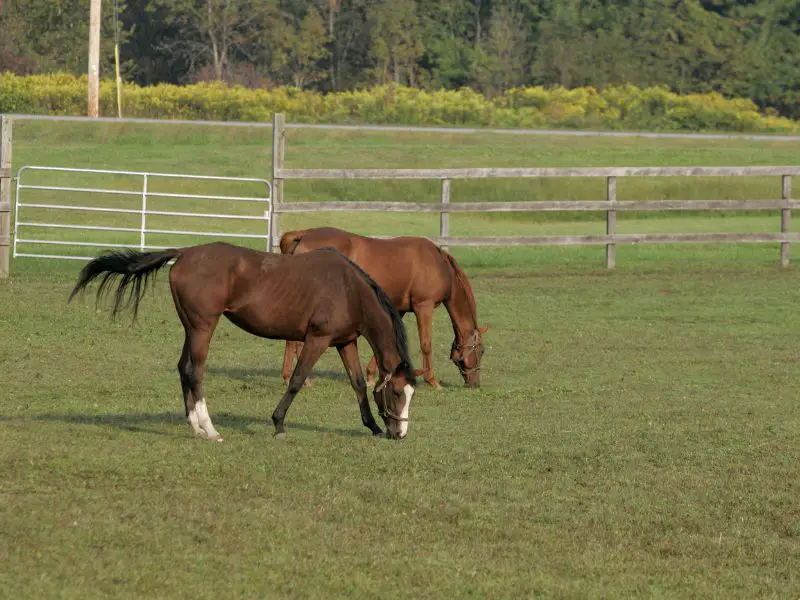
Making the Transition Smooth for Your Horse
Moving to a new environment can be stressful for a horse. Thus, it’s crucial to make the transition to a new stable as smooth as possible.
Before the move, visit the new stable with your horse several times if possible. This allows your horse to become familiar with the new environment gradually.
On moving day, transport your horse safely and calmly. Once at the new stable, spend some time with your horse to comfort them and reassure them that they are safe.
Try to keep routines consistent. Keeping the same feeding and exercise schedule can help minimize stress for your horse during the transition.
Reviewing Your Decision Periodically
Even after choosing a boarding stable, it’s important to review your decision periodically. This ensures that the stable continues to meet your horse’s needs and expectations.
Regularly visit your horse to monitor their health, happiness, and adjustment to the stable. Keep an open line of communication with the stable management and staff about your horse’s care and well-being.
If you notice any issues or if your horse’s needs change, do not hesitate to reconsider your choice and explore other options if needed. Your horse’s welfare should always be the top priority.
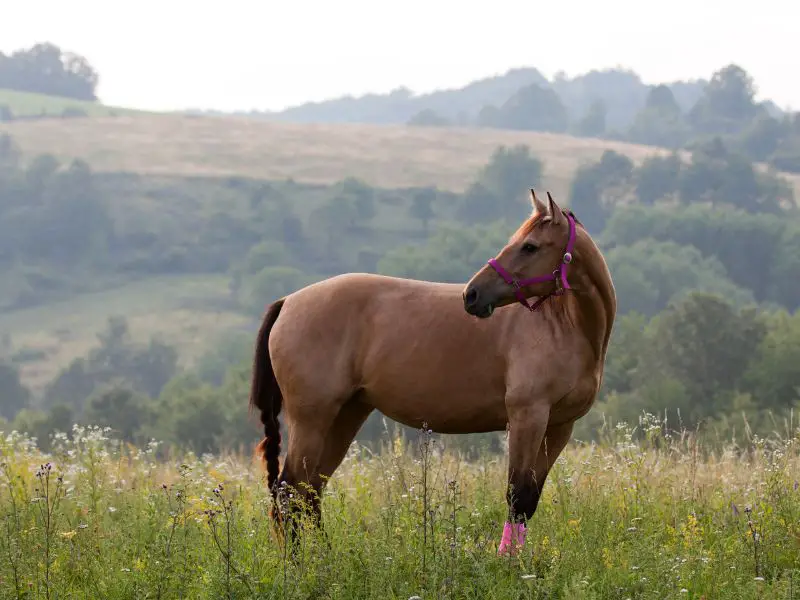
Conclusion
Choosing the right horse boarding stable can feel like an overwhelming task, but with careful research, clear understanding of your horse’s needs, and a well-informed decision-making process, it’s entirely achievable.
This ultimate guide aims to simplify this process and ensure your horse finds a home that provides the care, safety, and happiness it deserves.
FAQs
What is the average cost of horse boarding?
The average cost of horse boarding can range widely depending on the location, facilities, care, and amenities offered. It’s typically between $200 to $800 per month.
How often should I visit my horse at the boarding stable?
The frequency of visits depends on your horse’s needs, the care provided by the stable, and your personal schedule. However, it’s generally good practice to visit your horse at least a few times a week.
Is it necessary for a stable to have an on-site vet clinic?
While it’s not necessary, an on-site vet clinic can offer an additional layer of security for your horse’s health. It ensures that medical care is immediately available should an emergency arise.
How can I make the transition to a new stable less stressful for my horse?
Gradual acclimation is key. Introduce your horse to the new environment slowly, keep routines consistent, and ensure familiar items like blankets and toys accompany your horse.
What should I look out for when visiting a potential stable?
Look for clean, well-maintained facilities, observe the horses’ health and behavior, assess the staff’s competence and responsiveness, and gauge the community and culture.
What are some red flags when choosing a horse boarding stable?
Red flags can include poor facility maintenance, inadequate staff, negative reviews, high staff turnover, and horses that appear unhealthy or stressed.
What are you looking for in a boarding facility?
Cheers, Kacey
P.S. Did you find this article informative? Canter over to these other great reads:

